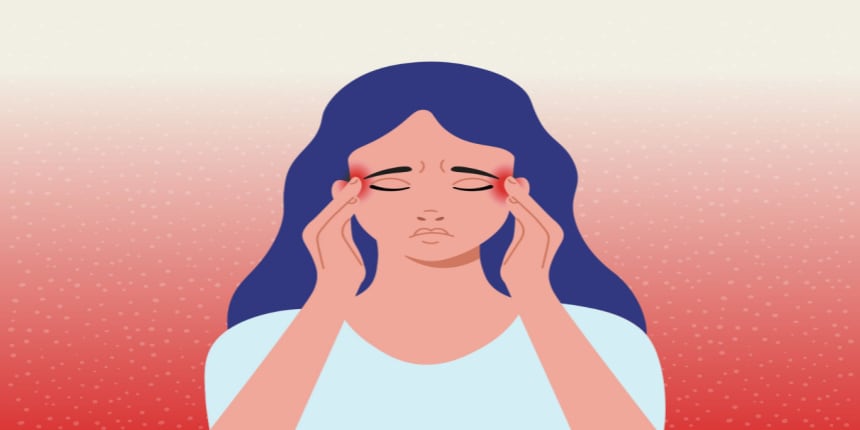TTH Full Form
What is the full form of TTH?
The full form of TTH is Tension-type Headaches. Tension-type headaches (TTH) are frequent headache attacks that might last for a few minutes to several weeks. The pain is often bilateral, mild to moderate in severity, pressing or tightening in nature, and does not get worse with regular physical exercise. Usually, there isn't any nausea or vomiting, although there could be phonophobia or photophobia. The phrases psychogenic headache, stress headache, psychogenic headache, muscle contraction headache, etc., were all previously used to describe these headaches. However, the International Classification Headache Diagnosis I (ICHD I) picked the name "tension-type headache" (TTH) in 1988 and retained it in 2004. Despite being far more common than migraine, tension-type headache (TTH) requires less medical treatment. This is mainly because the pain and impairment burden are less severe.

Symptoms Of TTH
Tension-type headache warning signs and symptoms include:
Dull, throbbing headache.
The feeling of pressure or tightness on the sides and back of the head or across the forehead.
Muscle sensitivity in the shoulders, neck, and scalp.
Method Of Diagnosis Of TTH
A crucial first step in providing adequate therapy is a proper diagnosis. As there is no biological marker for the disorder, diagnosis is made through careful history taking, a comprehensive physical examination, and, where necessary, the utilisation of additional studies to rule out underlying causes of secondary headaches that could mimic TTH.

